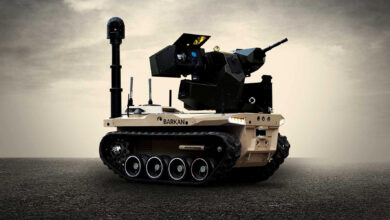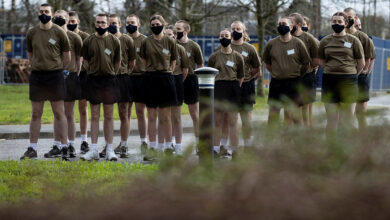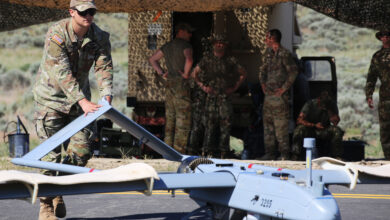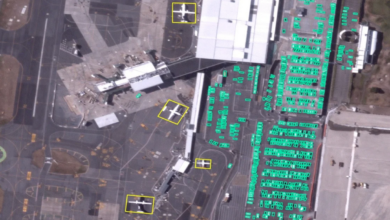GigXR to Develop ‘Extended Reality’ Casualty Care Training for US Air Force
GigXR has received a contract to develop an eXtended Reality simulation training module for the US Air Force 354th Medical Group in Eielsen, Alaska.
The solution uses “hyper-realistic” holographic patients and equipment to upskill the service’s future medics in treating severe combat injuries.
The simulation will include high-stress, safe-to-fail environments incorporating battlefield elements such as sounds from explosions, overhead helicopters, and gunshots.
It will also project realistic visualizations of injuries experienced by the virtual patients, including blast wounds, shrapnel lacerations, broken legs, and other complications.
The module can be employed in classrooms, laboratories, outdoor setups, or remotely from home.
“The mixed reality healthcare training that GigXR delivers is built to better prepare for what might be seen in the field,” GigXR CEO Jared Mermey stated.
“The immersive experiences provide far more advantages to the analog alternatives in terms of realism, cost to deliver, and operational burden, especially when deploying this critical content at scale.”

Achieving Realism
For the initiative, GigXR teamed with the 354th Medical Group to produce an extended reality combat care simulation module.
Other modules for GigXR’s award-winning HoloScenaros application include Basic Life Support, Advanced Cardiac Life Support, respiratory diseases, and neurology.
Each of these were created in partnership with leading medical and educational institutions such as the University of Cambridge and Cambridge / University Hospitals (CUH) NHS Foundation, University of Michigan, and Morlen Health, a subsidiary of Northwest Permanente, P.C.
The company also partnered with 3D medical experts to equip the simulator with 3D anatomy content.
“Realism can be difficult to achieve in medical training,” GigXR Founder David King Lassman stated.
“For instructors, it’s not just a question of allowing learners to perform procedures or diagnostics, but immersing them in the scenario that empowers team collaboration, critical thinking and knowledge retention to more effectively apply skills in the future.”
“It’s hard, for example, to show continued bleeding on a manikin, but learners need to be prepared for patients bleeding through a tourniquet or chest seal. GigXR’s technology delivers visual and procedural realism that can be especially important in combat training.”












